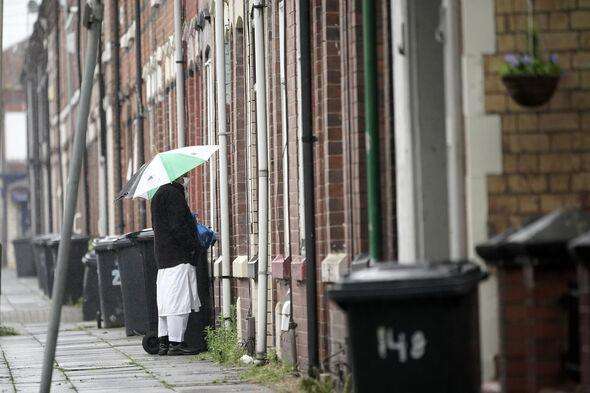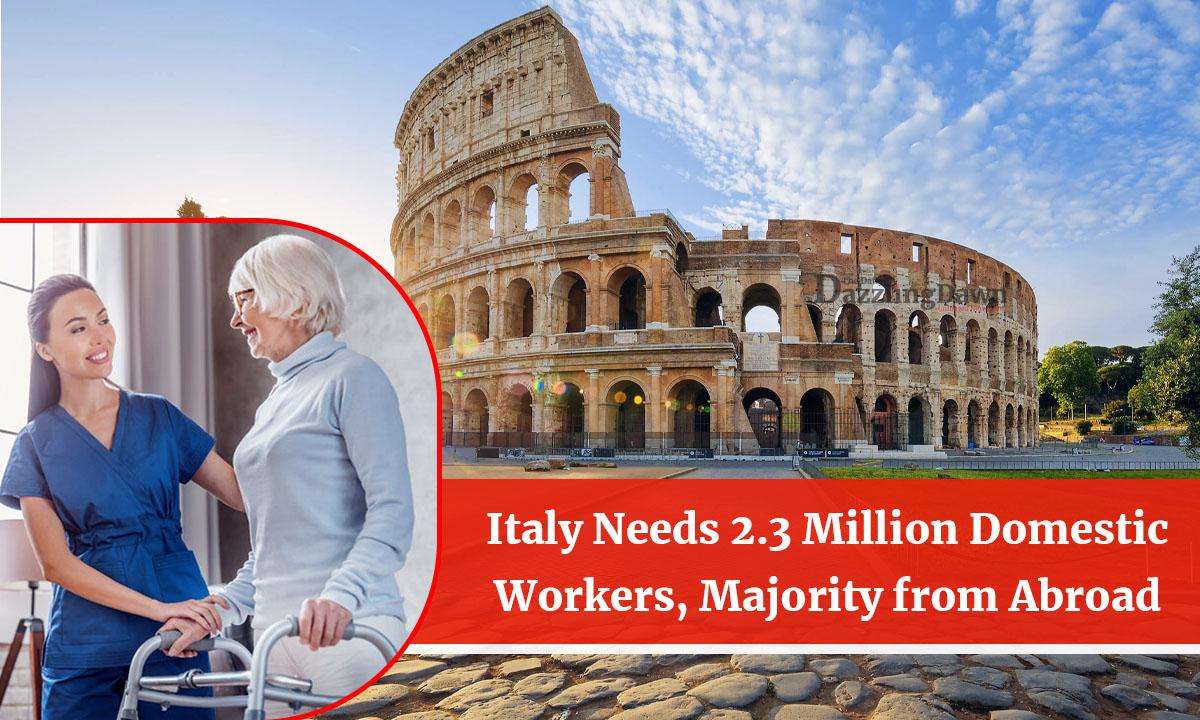Italy is projected to require over two million domestic workers next year to support families, as reported by Assindatcolf and Centro Studi e Ricerche Idos on July 4. Of these workers, approximately two-thirds, or 1.524 million, will be foreign nationals, with 764,000 being Italians. The demand includes an estimated 1.25 million housekeepers and 1.262 million caregivers.
These figures were provided in the 2024 paper 'Family (Net) Work -- Laboratorio su Casa, Famiglia e Lavoro Domestico' presented on July 4 by the Assindatcolf organization and Centro Studi e Ricerche Idos, which conducted a report on Italy's requirements for foreign manpower for 2023-2025, divided by region.
Lombardy and Lazio top list for needs
The 2.288 million total for domestic help includes not only households with their workers already legalized but also caregivers and housekeepers without a contract and people who would like to hire staff but cannot afford to.
The study found the need for state aid as well as the need to reassess in a rational manner the country's immigrant entrance policies based on these figures. The study found that Italy needs around 1.25 million caregivers, about 713,000 of foreign origin and 312,000 Italians.
The region with the lowest need for foreign caregivers (less than 19% of the total) is Sardinia, followed by Molise (45.6%), Calabria (48.3%), and Sicily (48.4%).
In the Emilia-Romagna and Lombardy regions, on the other hand, caregivers of foreign origin account for about 85% of the total.
Italy also needs over 1.262 million housekeepers, about 811,000 of foreign origin and 452,000 Italian nationals.
Leading the rankings in terms of needs are the Lombardy and Lazio regions, with a need for 209,000 and 208,000 workers, respectively.
Aging population entails need for more immigrants
The study highlighted that the costs of domestic help have become a "transversal problem," said Assindatcolf president Andrea Zini. "That is why we have for years been asking for holistic measures not linked to ISEE [indicator of the equivalent economic situation that allows to assess the economic condition of families in the Italian Republic] and age, which help all families to pay the costs of domestic help from a contributions standpoint but also and above all from an wages one."
A demographic crisis and aging population go hand in hand with a growing need for domestic help, and "immigrants could provide an even larger contribution if policies on the entrance and regular stay of foreigners in Italy" were to be adjusted in a rational manner in line with the findings of such studies, said Luca Di Sciullo, head of Centro Studi e Ricerche Idos.
He noted that this is especially the case with policies "that are often distorted and regulate employment, from the data on needs of foreign manpower to the determination of quotas, 'calls in the dark' and 'click day,' economic sustainability certification, and the verification of the lack of availability of Italian workers."
_4.jpg)

_4.jpg)





.svg)
